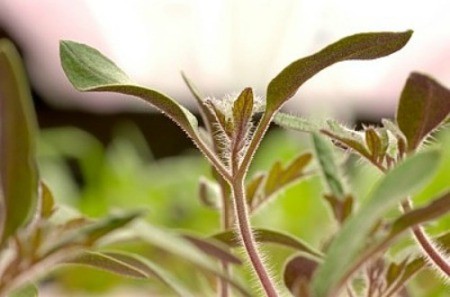
Light can be a limiting factor to starting seeds indoors. Even with a sunny, south-facing window, it's difficult to provide young seedlings with light of sufficient enough intensity. Fortunately, a couple of 40-watt fluorescent lights can usually make up for a lack of daylight. Here are some tips for setting up and getting the most out of a growing space using fluorescent lights.
When space is limited, look for creative ways to carve out some extra room for starting seeds. Remember, it's only a temporary loss of space - usually no more than 6 to 8 weeks. Start by taking a look at what you already have for fluorescent lighting. Under cabinet lights in the kitchen or a banker's lamp in the den are all you need to start a small flat of seeds. Ask yourself where you can you afford to give up some space? Here are some other possibilities:
Light fixtures can be hung inside bookshelves, storage shelves, or attached to overhead pipes in the basement. An inexpensive garment rack on wheels also makes a great frame for hanging lights on during the growing season and can double as a clothes rack the rest of the year.
After you carve out some room, customize your lighting to fit the space. Forget about the fancy (and expensive) full spectrum "grow lights." You don't need them. A couple standard 40-watt fluorescent lights will work just as well.
Most major home stores sell fully assembled, 4-foot long shop lights for between $20-$30. Each will hold two to four 40-watt fluorescent tubes, which are an additional $4-$5 each (or sold in larger packs). If you have the space, this is the ideal set up for starting several flats of seeds. If your space is limited, you may need to locate flats piecemeal in whatever space is available and use smaller fixtures or lamps that hold a single 40-watt fluorescent bulb.
Few of us have the time, space, or budget to grow everything we want to, so consider starting the following types of plants early:
Fluorescent lights fade with age and you can expect to replace them (at least for growing purposes) every year or two. Here are some ways to maximize their efficiency and keep their light burning bright for as long as possible:

About The Author: Ellen Brown is an environmental writer and photographer and the owner of Sustainable Media, an environmental media company that specializes in helping businesses and organizations promote eco-friendly products and services.
Add your voice! Click below to comment. ThriftyFun is powered by your wisdom!